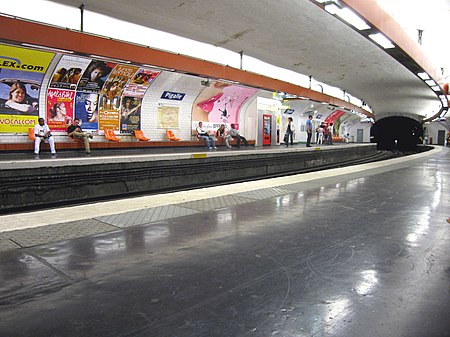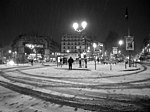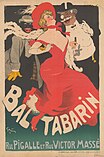Pigalle (Paris Métro)
Paris Métro line 12Paris Métro line 2Paris Métro stations in the 18th arrondissement of ParisParis Métro stations in the 9th arrondissement of ParisRailway stations in France opened in 1902 ... and 1 more
Railway stations located underground in France

Pigalle (French pronunciation: [piɡal]) is a station on lines 2 and 12 of the Paris Métro, named after the Place Pigalle, which commemorates the sculptor Jean-Baptiste Pigalle (1714–1785) on the border of the 9th and the 18th arrondissement. The station is located under the Boulevard de Clichy in Montmartre and serves the famous Pigalle red-light district.
Excerpt from the Wikipedia article Pigalle (Paris Métro) (License: CC BY-SA 3.0, Authors, Images).Pigalle (Paris Métro)
Boulevard de Clichy, Paris 9th Arrondissement (Paris)
Geographical coordinates (GPS) Address Website Nearby Places Show on map
Geographical coordinates (GPS)
| Latitude | Longitude |
|---|---|
| N 48.882255 ° | E 2.337573 ° |
Address
Pigalle
Boulevard de Clichy
75009 Paris, 9th Arrondissement (Paris)
Ile-de-France, France
Open on Google Maps









